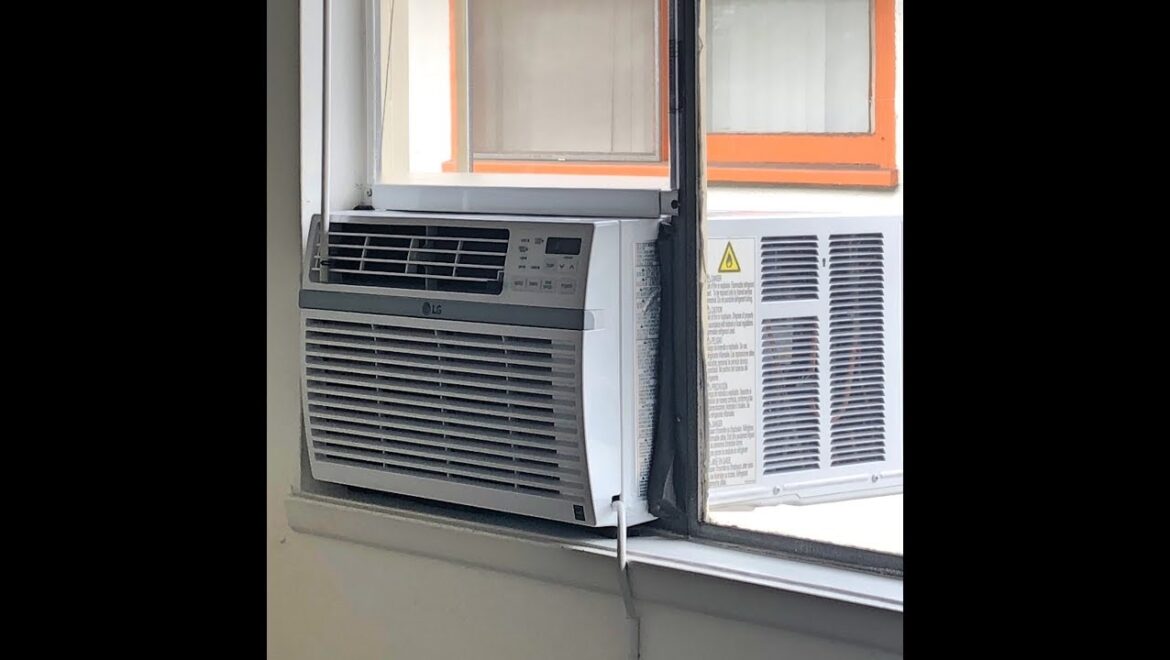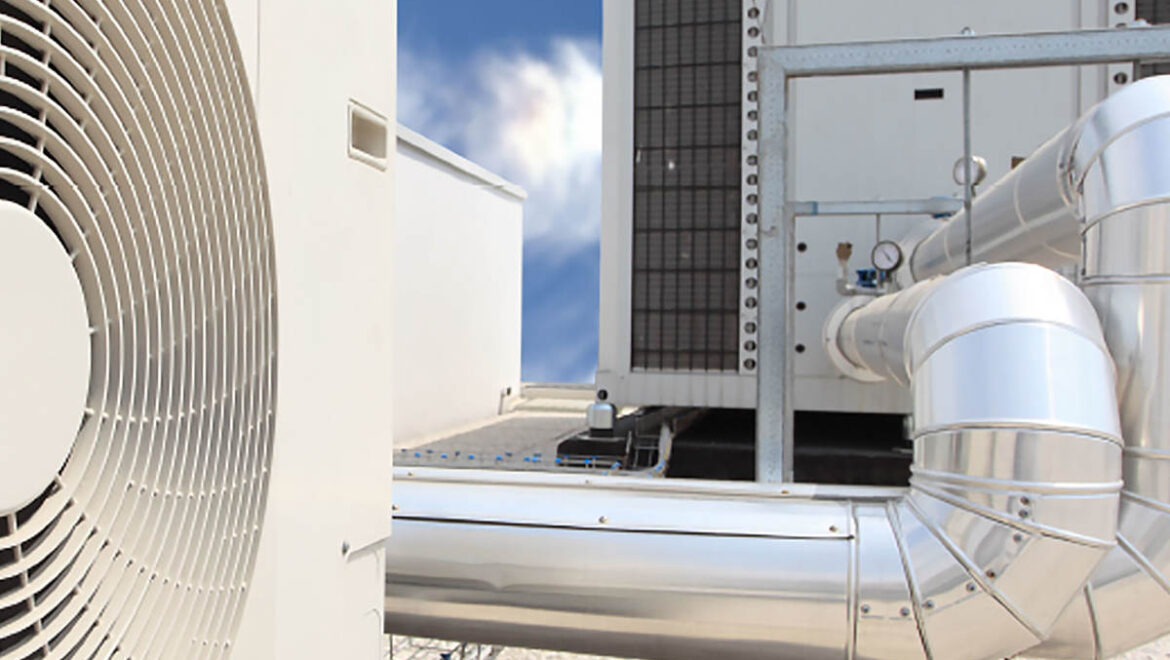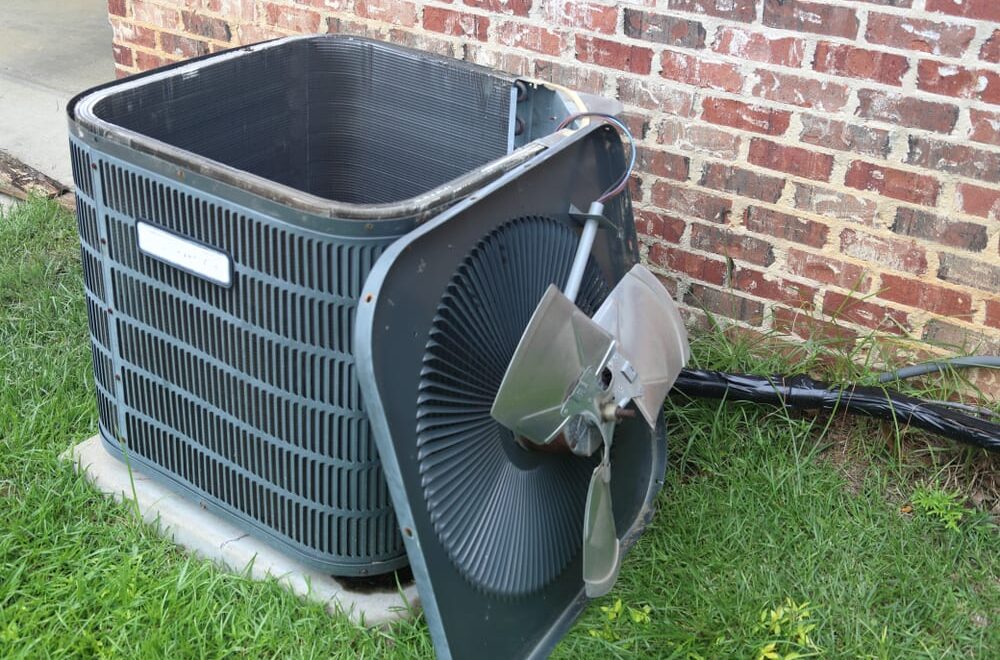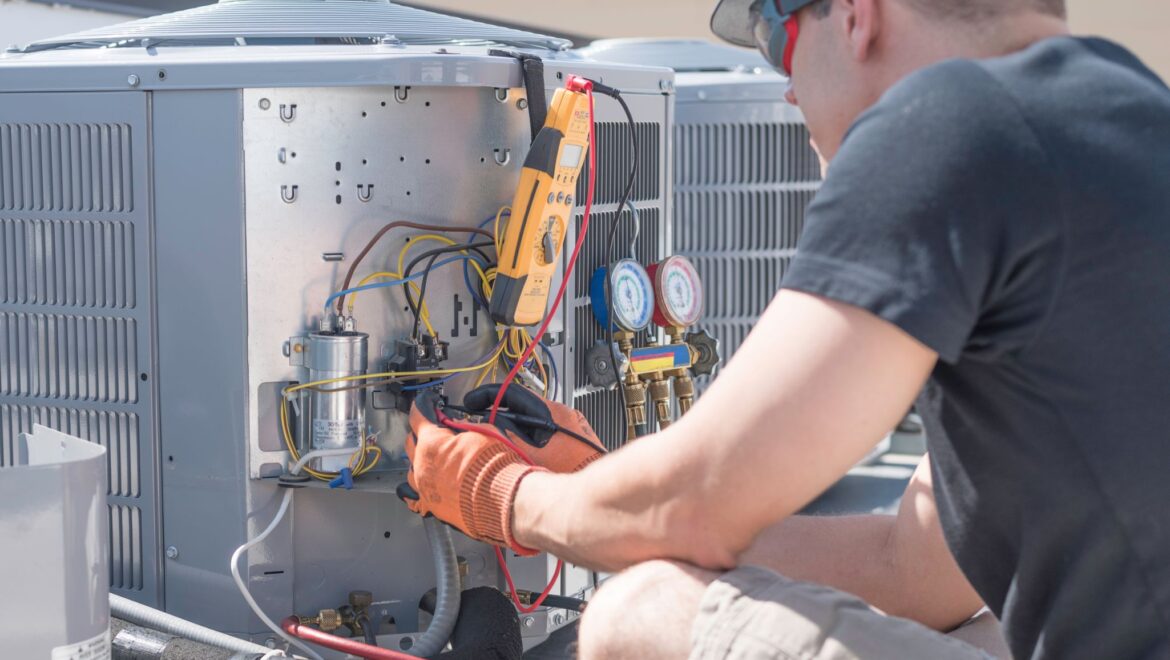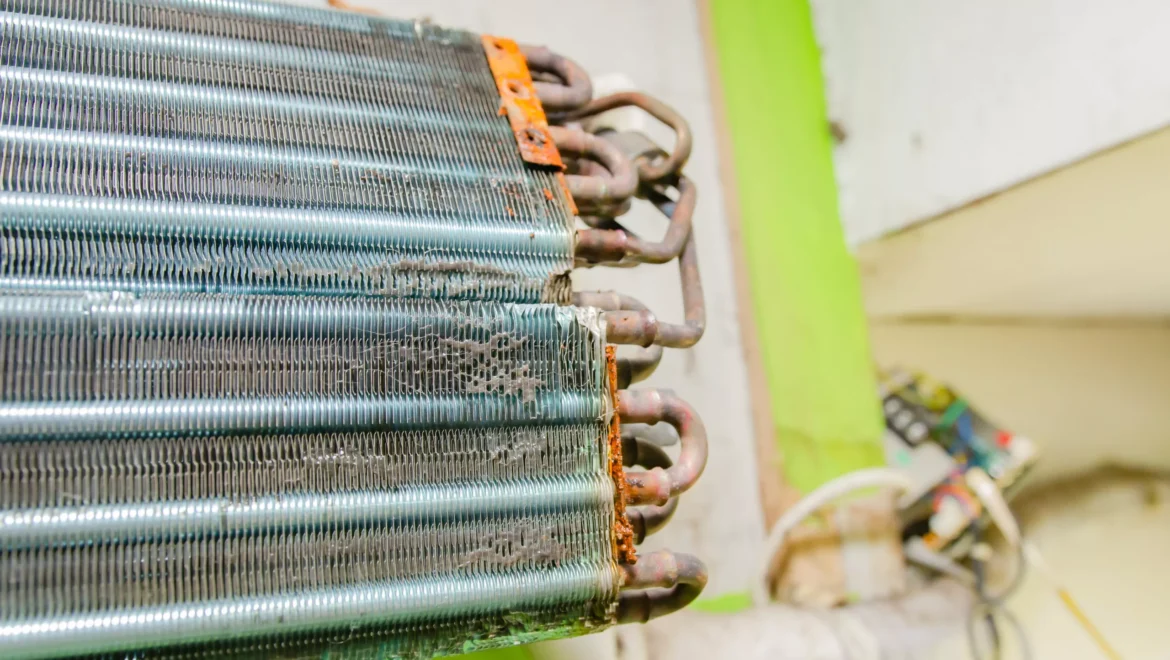Air Conditioning with Casement Windows: Stay Cool and Comfy All Summer
Introduction
As the scorching summer months approach, staying cool and comfortable becomes a top priority for many homeowners. Air conditioning systems are a popular solution, but for those with casement windows, choosing the right unit can be a challenge. In this article, we will explore the best air conditioning options for casement windows, providing valuable insights to help you beat the heat effectively and efficiently.
1. Understanding Casement Windows
Before delving into air conditioning options, let’s grasp the concept of casement windows. Casement windows are hinged on one side and open outward, usually operated with a hand crank. They provide excellent ventilation and unobstructed views, making them a popular choice for modern homes.
2. The Challenge of Cooling with Casement Windows
While casement windows offer numerous advantages, they can pose a challenge when it comes to air conditioning. Traditional window AC units designed for double-hung windows won’t fit into casement windows, necessitating alternative solutions.
3. The Perfect Fit: Casement Window Air Conditioners
To address the cooling needs of casement window owners, manufacturers have developed casement window air conditioners. These units are specifically designed to fit vertically into casement windows, providing a secure and efficient cooling solution.
4. Benefits of Casement Window Air Conditioners
Casement window air conditioners offer several advantages over standard window units. They are sleek, compact, and easy to install. Additionally, they provide better insulation and improved energy efficiency, helping you save on utility bills.
5. BTU Requirements for Your Space
Before purchasing a casement window air conditioner, it’s essential to determine the appropriate British Thermal Unit (BTU) rating for your space. BTU measures an AC’s cooling capacity, and choosing the right BTU ensures optimal performance and comfort.
6. Installation Guide: Step-by-Step
Installing a casement window air conditioner might seem daunting, but with the right guidance, it can be a straightforward process. We’ll provide a detailed step-by-step installation guide, helping you set up your AC unit quickly and correctly.
7. Maintenance Tips for Longevity
To keep your casement window air conditioner running smoothly, regular maintenance is crucial. We’ll share valuable tips on cleaning the unit, replacing filters, and ensuring its longevity, ensuring you get the most out of your investment.
8. Alternative Cooling Solutions
Apart from casement window air conditioners, there are other cooling options worth considering. From portable AC units to ductless mini-split systems, we’ll explore alternative solutions that might better suit your needs and budget.
9. Maximizing Energy Efficiency
Energy efficiency is not only environmentally friendly but also wallet-friendly. We’ll provide practical tips to maximize the energy efficiency of your casement window air conditioner, helping you stay cool without breaking the bank.
10. Troubleshooting Common Issues
Like any appliance, casement window air conditioners can face occasional issues. We’ll troubleshoot common problems and offer solutions to ensure your AC unit operates smoothly throughout the summer.
11. Enhancing Aesthetics: Blending AC with Decor
Some homeowners worry that a casement window air conditioner might compromise their home’s aesthetics. Fear not! We’ll offer creative ideas to integrate your AC unit seamlessly into your interior decor.
12. The Future of Casement Window Cooling
As technology advances, so do air conditioning options. We’ll take a peek into the future of casement window cooling, exploring potential innovations that could revolutionize the way we keep our homes cool.
13. Conclusion
In conclusion, with the right air conditioning solution for your casement windows, you can stay cool and comfortable all summer long. Casement window air conditioners offer the perfect fit and numerous benefits, making them a top choice for homeowners seeking efficient cooling solutions. Don’t let the summer heat get the best of you; invest in a quality casement window air conditioner and enjoy a refreshing oasis indoors.

